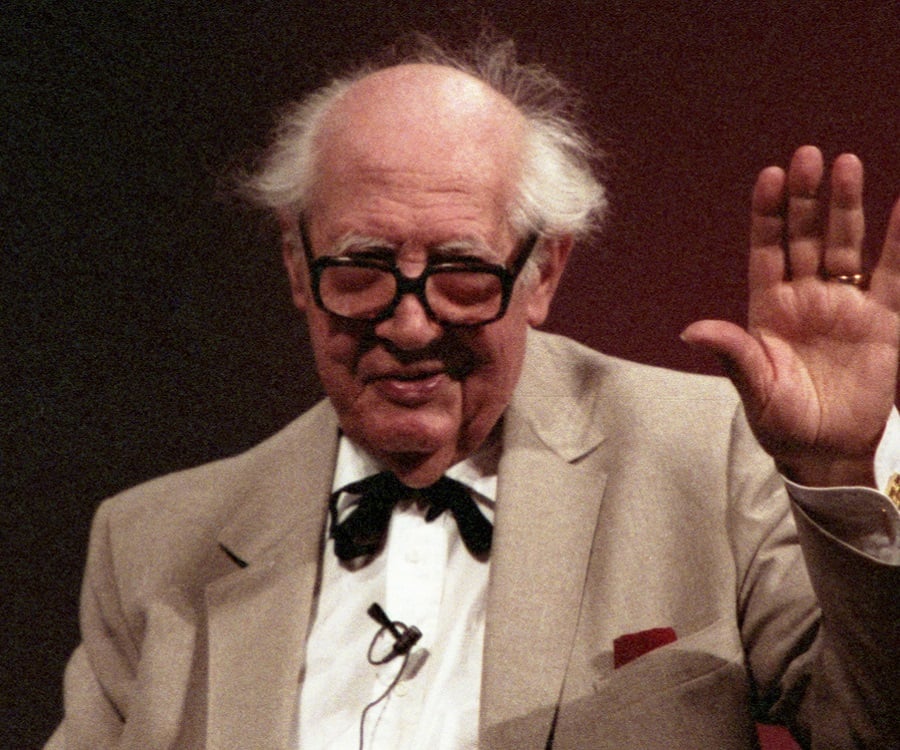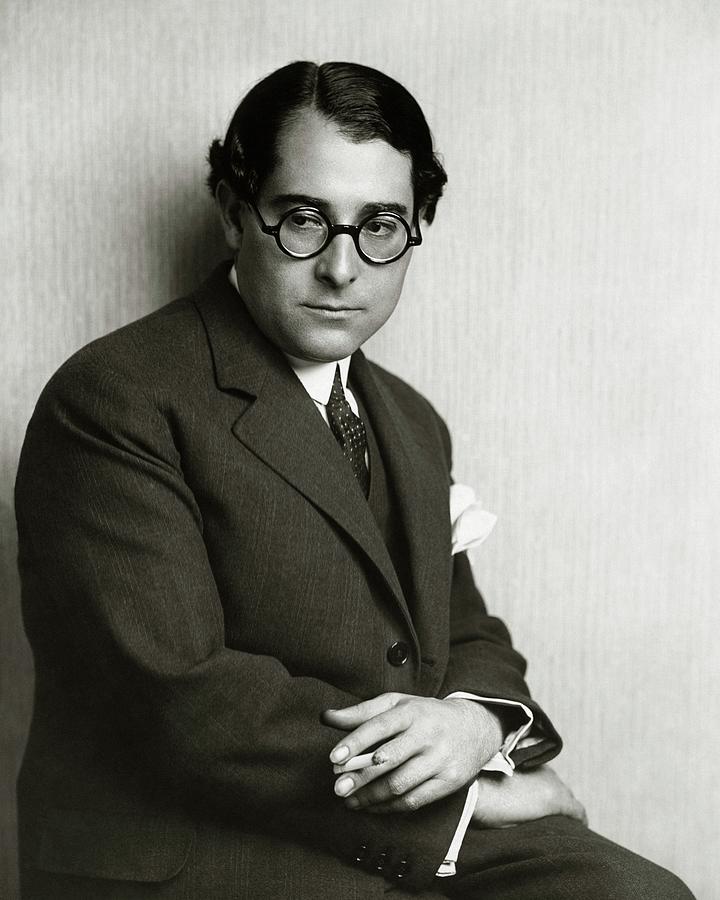 |
| Andrés Segovia |
Andrés was born in February 1893 in Linares, Spain, and at the age of two, he went to live with his aunt and uncle. Despite studying piano and cello, he was most passionate about the guitar. At six years old, he taught himself to play the guitar, as there were no
available music instructors. At that time, the guitar was considered an inferior instrument, primarily used by street performers and café musicians. At the age of ten, he was relocated to Grenada by his aunt and uncle to pursue a better education. He took the initiative to teach himself and began to practice his music diligently. His commitment to self-education was profound as he endeavored to master the classical guitar. At 16, he made his first public debut at the Centro Artistico in Granada in 1909. Years later, he held his first inaugural professional concert in Madrid. His repertoire primarily featured Francisco Tárrega's works and his own transcriptions of J.S. Bach pieces. In the following years, he performed at numerous venues, including Madrid in 1912, the Paris Conservatory in 1915, and Barcelona in 1916.
 |
| A young Andrés Segovia |
available music instructors. At that time, the guitar was considered an inferior instrument, primarily used by street performers and café musicians. At the age of ten, he was relocated to Grenada by his aunt and uncle to pursue a better education. He took the initiative to teach himself and began to practice his music diligently. His commitment to self-education was profound as he endeavored to master the classical guitar. At 16, he made his first public debut at the Centro Artistico in Granada in 1909. Years later, he held his first inaugural professional concert in Madrid. His repertoire primarily featured Francisco Tárrega's works and his own transcriptions of J.S. Bach pieces. In the following years, he performed at numerous venues, including Madrid in 1912, the Paris Conservatory in 1915, and Barcelona in 1916.
Violin Partita No. 3 in E Major- Andrés Segovia's early recordings
Segovia's music served a multifaceted role. His technical brilliance aside, Segovia's performances unveiled the guitar's capacity for lyricism. He showed that the guitar could convey profound emotions, delicate nuances, and intricate musical concepts. His skill in merging technical accuracy with emotive richness established him as a conduit between the guitar's folk origins and its classical tradition stature. As an acoustic guitar enthusiast myself, I am inspired by how Segovia elevated the instrument, presenting it as complex and versatile, rather than just a casual accessory.
The song mentioned, despite its length, is a remarkable work that displays Andrés' versatility and profound commitment to his instrument. The composition features changes in tempo and key progressions, rendering it both deeply emotional and delightfully unpredictable.
Segovia revolutionized the guitar's role in Western classical music and left an indelible mark on successive generations of guitarists. His legacy persists well beyond his retirement. Presently, Segovia's recordings are a benchmark for classical guitarists, and his pioneering contributions still influence the guitar's role and study within the classical music realm.
Citations:
Who was Andres Segovia? Everything You Need to Know. www.thefamouspeople.com/profiles/andres-segovia-4614.php.
The Editors of Encyclopaedia Britannica. “Andrés Segovia | Classical Guitarist, Virtuoso, Composer.” Encyclopedia Britannica, 20 July 1998, www.britannica.com/biography/Andres-Segovia.
Jackson, Blair. “Classical Guitar.” Classical Guitar, 24 May 2017, classicalguitarmagazine.com/30-years-on-perspectives-on-the-legacy-of-andres-segovia.
Hey Eva, when I think of classical music I would never think of guitars, but this has definitely opened my eyes to it. His music sounds so delicate and caring. Being able to express so many emotions with just a single instrument is truly impressive. Listening to his music has such a calming effect for me, so I think in the future I will listen to his works while doing homework. Thanks for the recommendation!
ReplyDelete